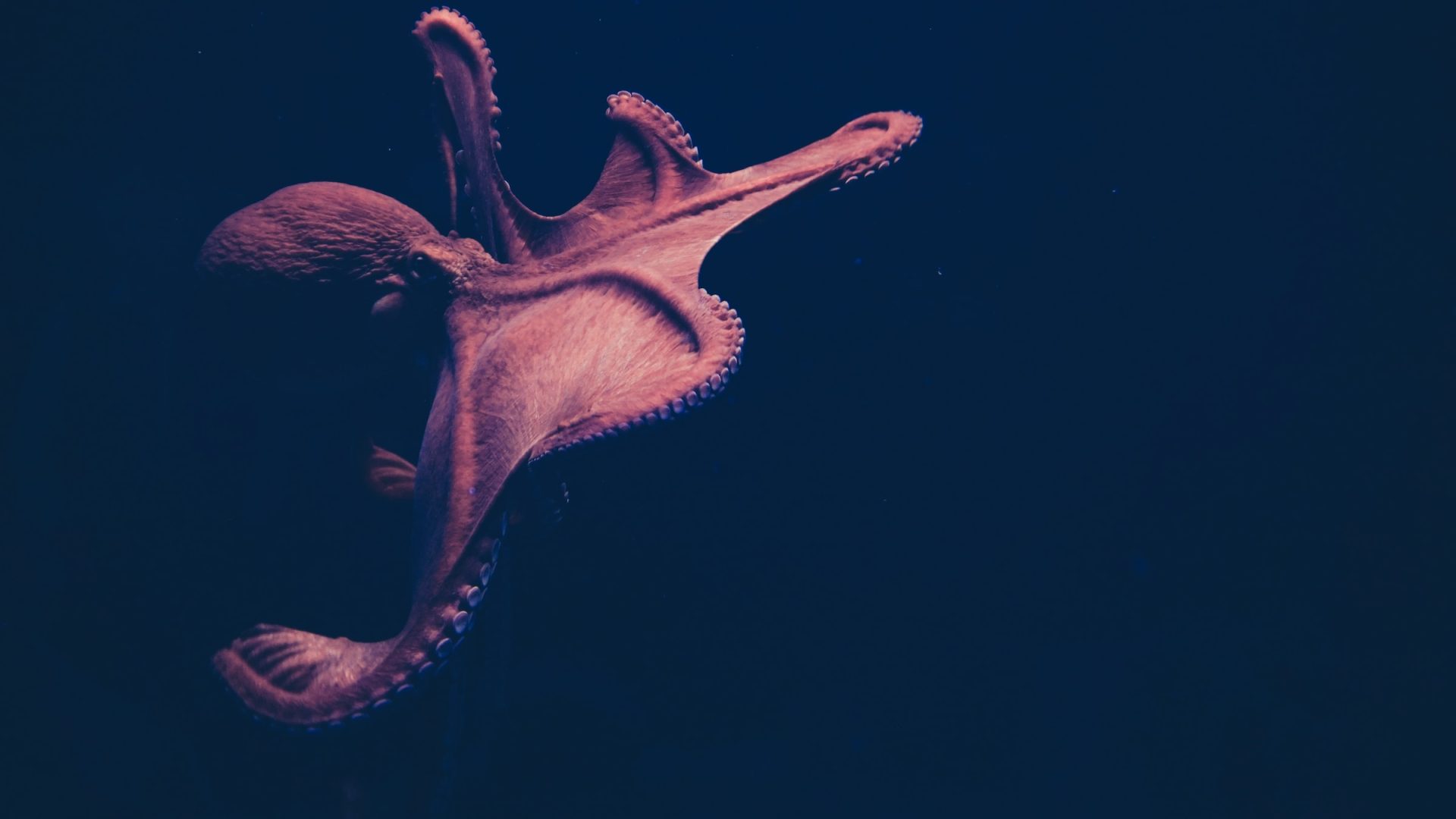
Underwater cities have been the stuff of myths for centuries. Turns out, these submerged metropolises exist. They’re just built by octopuses.


Underwater cities have been the stuff of myths for centuries. Turns out, these submerged metropolises exist. They’re just built by octopuses.
As we learned from watching the documentary My Octopus Teacher a few years ago, eight-legged sea creatures are highly intelligent and capable of all sorts of complex behaviors. So at this point, it should maybe come as no surprise that in the last few years, scientists have documented underwater cities built by and housing dozens of octopuses off the coast of Eastern Australia.
The first settlement was found in Jervis Bay by a recreational diver in 2009, and dubbed ‘Octopolis’ by the scientists who came to research the site. The urban octopuses who live there are gloomy octopus, or octopus tetricus, the common Sydney octopus.
The structure is perhaps more of a housing development than a full-blown city, with dens and burrows constructed from shells and other seafloor debris. The scientists noted that the structure wasn’t structured around a human-made item, like a shipping container. Report co-author Stephanie Chancellor explained in a statement that the structures were likely formed gradually around the pre-existing rocks on the otherwise flat seafloor. “In addition to the rock outcroppings, octopuses who had been inhabiting the area had built up piles of shells left over from creatures they ate, most notably clams and scallops. These shell piles, or middens, were further sculpted to create dens, making these octopuses true environmental engineers.”
Just down the road, as it were, is a similar colony of gloomy octopuses, this one called ‘Octlantis’ by the researchers studying it. At both sites, the octopuses have been observed communicating with body posture and colors, squabbling over the best living quarters, mating, and just hanging out side by side.
These observations go against long-established understandings of cephalopod behavior. Octopuses have long been thought of as solitary, independent creatures by marine biologists. Alaska Pacific University ecologist and octopus expert David Scheel told Hakai Magazine that, “There’s sort of a joke that when two octopuses meet, they either mate or one of them eats the other.” Recently, though, further study has suggested that some species, at least, can co-exist and are capable of cooperation.
The fact that octopuses are clever—capable of problem-solving, pattern-learning, and social communication—is undeniable based on laboratory studies and observation in their wild habitats. But cephalopod intelligence is also pretty foreign. They have one main brain and a smaller brain at the base of each tentacle, allowing them to move independently.
Studies like the one by Chancellor and her team are suggesting that some octopus species are capable of far more cooperative and pro-social behavior than previously thought. Octopus and fish have been observed hunting together (and the partners’ fallout caught on video), and anecdotes, including My Octopus Teacher, tell of octopuses forming inter-species bonds with humans too.
The ocean depths are still mostly unexplored, and full of alien lifeforms as strange as any we might hope to find in space. And while Octopolis and Octlantis are much closer to piles of shells than they are the sprawling underwater citadels of legend, aren’t colonies of eight-armed creatures with complicated social hierarchies and brains in each tentacle just as fantastical?

Miyo McGinn is Adventure.com's US National Parks Correspondent and a freelance writer, fact-checker, and editor with bylines in Outside, Grist, and High Country News. When she's not on the road in her campervan, you can find her skiing, hiking, and swimming in the mountains and ocean near her home in Seattle, Washington.






Can't find what you're looking for? Try using these tags: